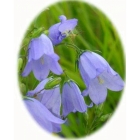 | ||
Perfect for pollinators Harebell -campanula rotundifolia– grows best in dry grassland and is well suited to chalk and limestone soils, on sites where there is plenty of sunlight. Harebell is a delightful plant to introduce into gardens, where it can be grown on a grassy bank or in a rock garden. Plants host a wide range of insect life such as bees, and butterflies. Harebell is a low growing species with nodding, pale blue flowers that appear from July to September, and look delightful blowing about in a summer breeze. Harebell looks best growing with other low growing chalk and limestone plants that flower in mid-summer such as Wild Marjoram, Wild Thyme, Bladder campion, Clustered bellflower, and Small Scabious. There are many alternative names for Harebells including Scottish Bluebell, The Devils Bell, The Fairies Thimble, Old Man`s Bells, Witches` Thimbles, and Fairy Bells. How to grow Harebell Seeds Harebell seeds should be sown in seed trays and covered very lightly with compost. This is best done in the spring. Harebell seeds are usually easy to germinate and the delicate seedlings, which are quick to develop, can be carefully pricked out and grown on, for planting out later in the year. RHS Perfect for Pollinators. The RHS Perfect for Pollinators mark is only given to plants that support pollinating insects in gardens. Bees, butterflies, moths, hoverflies and many others visit flowers to feed on nectar and pollen; while doing so they transfer pollen and increase seed set and fruit development. Find out more at: rhs.org.uk/plants To discover more plants for Bees, simply enter the word "pollinators" into the search box above. To buy Harebell seeds To purchase Harebell seeds, please select a quantity above and click add to cart. To ensure the best chance of success, we sell all of our wildflower seeds by weight, which ensures each wildflower seed packet contains a good quantity of seeds. Packets are sold by weight of approx 0.1 grams. Harebell seeds are minute, almost dust like so the total number of seeds per packet is approx. 1500. All of our Wildflower seed packets contain seeds of Native British provenance. Summary type - perennial, colour - Blue, height - 50 to 75cms, flowering months - July, August, September, habitat - Dry Grassland (clay, loam), Very dry Sandy Soil, Chalk and Limestone Grassland, Attracts butterflies and bees | ||
Printed 07/12/2025 15:57:56
st18_1 type perennial colour blue height 50 to 75cms flowers july august september habitat dry grassland clay loam very dry sandy soil chalk and limestone grassland attracts butterflies rhs perfect for pollinators pollinating insects bees butterflies moths hoverflies
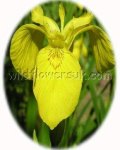
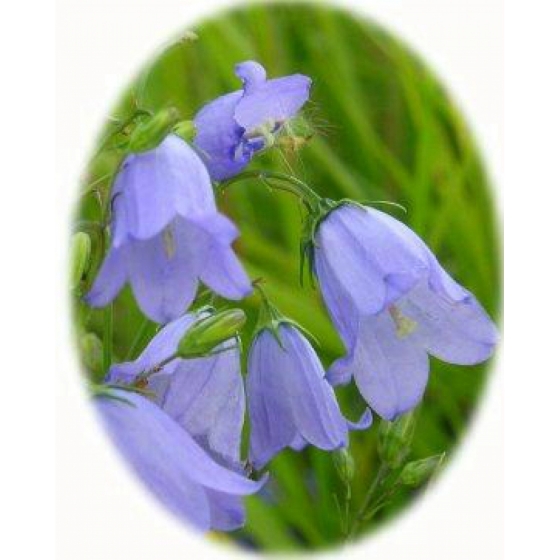
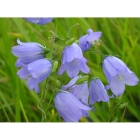
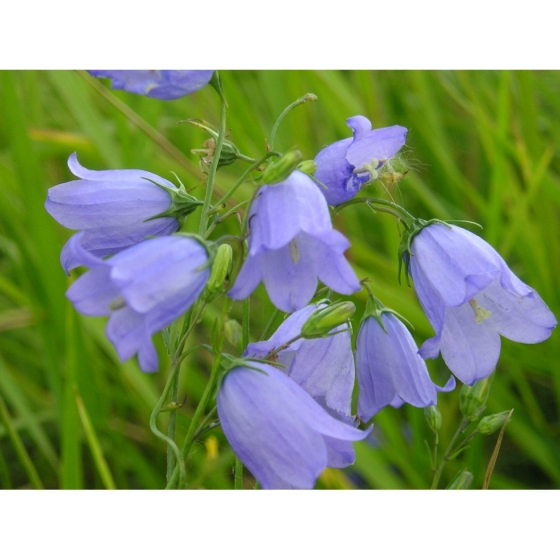
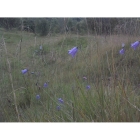
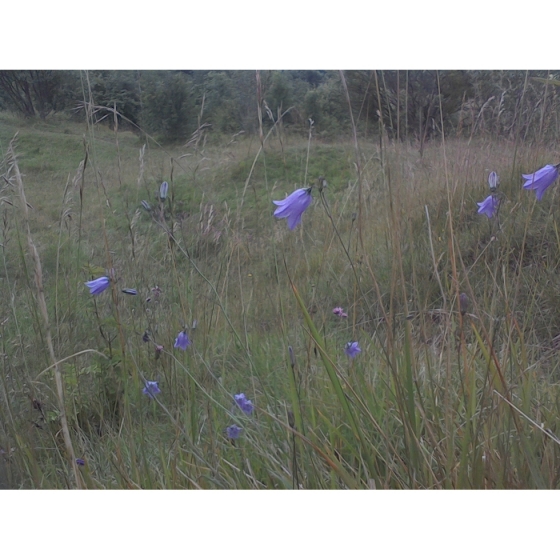
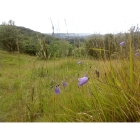
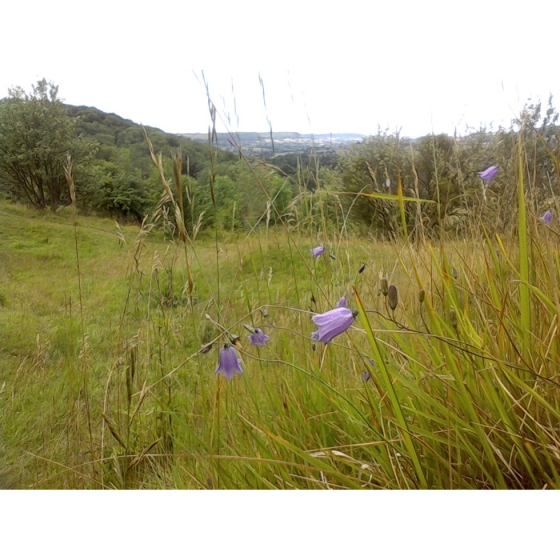



 added to basket
added to basket